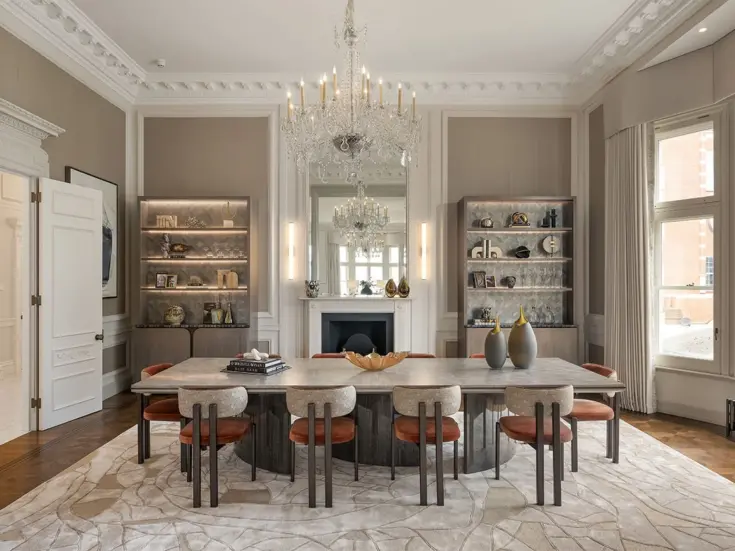

‘Until now, wealthy individuals wanting to build large properties on the fringes of London have first had to find a property to demolish’
Travel out of London, especially to the north or the south, and you come across a sight which looks more peculiar with each passing decade: streets of 1930s houses which end abruptly with cornfields. You have arrived at the green belt, a collar of undeveloped land which has kept London within the same outward dimensions for the past 75 years.
Think of how much London has changed since the Second World War: its incredible rise as an international financial and business centre, and its emergence as one of the most popular places on Earth for wealthy individuals to live. Yet, remarkably, London’s footprint has hardly expanded an inch in 75 years.
Read more on the green belt from Spear’s
The reason is the green belt, one of the main weapons of the planning system which was introduced just after the Second World War. Prior to that, anyone could more or less build what they wanted wherever they liked. With the planning system, however, it is necessary to ask a local authority for permission. And if your site is in the green belt it is highly unlikely that you will succeed, however much effort you throw into lobbying the planning authority.
It is the underlying reason why property prices in London have surged more than a hundred fold in the past 60 years, and why they have continued to rise throughout the financial crisis, while they were slumping elsewhere. Unlike the conurbations surrounding New York, Paris, Madrid and other cities, London has been treated as a place of finite size.
Loosening the noose
That is exactly how many people would like it to stay. The green belt has become an extremely popular British invention. The coalition, however, has signalled its intent to change. A year ago Nick Boles, an unashamed champion of development in the countryside who has referred to opponents of building as ‘hysterical scaremongering latterday Luddites’, was appointed as planning minister. He is particularly scathing of the green belt, which he has accused of strangling London. The result has been a doubling, to 150,000, in planning applications to build in the green belt in the space of a year.
Read more on property from Spear’s
If you want a country home within reach of London, a looser planning regime is potentially good news. Until now, wealthy individuals wanting to build large properties on the fringes of London have first had to find a property to demolish. And even then, it has not been easy to persuade planners. Many councils have rules limiting the size of demolish-and-rebuild projects: if you demolish a bungalow, for example, they want to build another bungalow.
Planners have also developed increasingly fussy architectural standards. When in the mid-1990s the environment secretary John Selwyn Gummer issued guidance aimed at encouraging the building of new large country houses he envisaged the odd classical pile popping up here and there. But the Blair government subsequently tweaked the rules in favour of contemporary designs.
New costs imposed on housebuilders, however, such as the legal requirement for all houses to be built in a carbon-neutral fashion by 2016 and the Community Infrastructure Levy, have kept the supply of affordable housing down. As these costs total £80,000 and are applied regardless of house size, it is mainly builders of larger houses who charge ahead.
Comfort zone
The net result of the government’s reforms has been to provoke a minor building boom of pricey properties in the South East, especially in green-belt areas surrounding London where achieving planning permission has previously been hopeless.
In his Budget back in the spring, George Osborne announced a scheme to boost the housing market. The Help to Buy scheme will underwrite mortgages with taxpayers’ money, allowing homebuyers once again to take out 95 per cent mortgages, which had all but disappeared since the credit crunch. The scheme has been roundly condemned by many economists for threatening a new boom in prices.
The combination of increased demand and constrained supply can lead to just one thing: a revival in house-price inflation, created by shortage. It is a recipe which suits property investors but will do nothing but worsen the imbalance in the British economy. The green belt will be nibbled away rather than gobbled whole, but if the aim was to reduce house prices even that will have been in vain.








